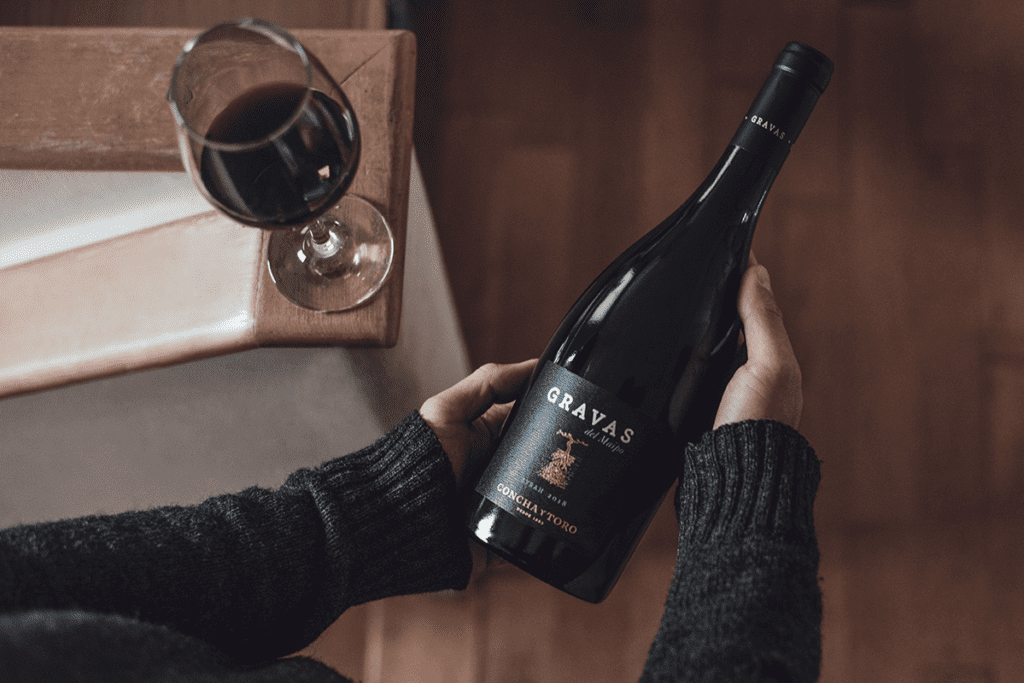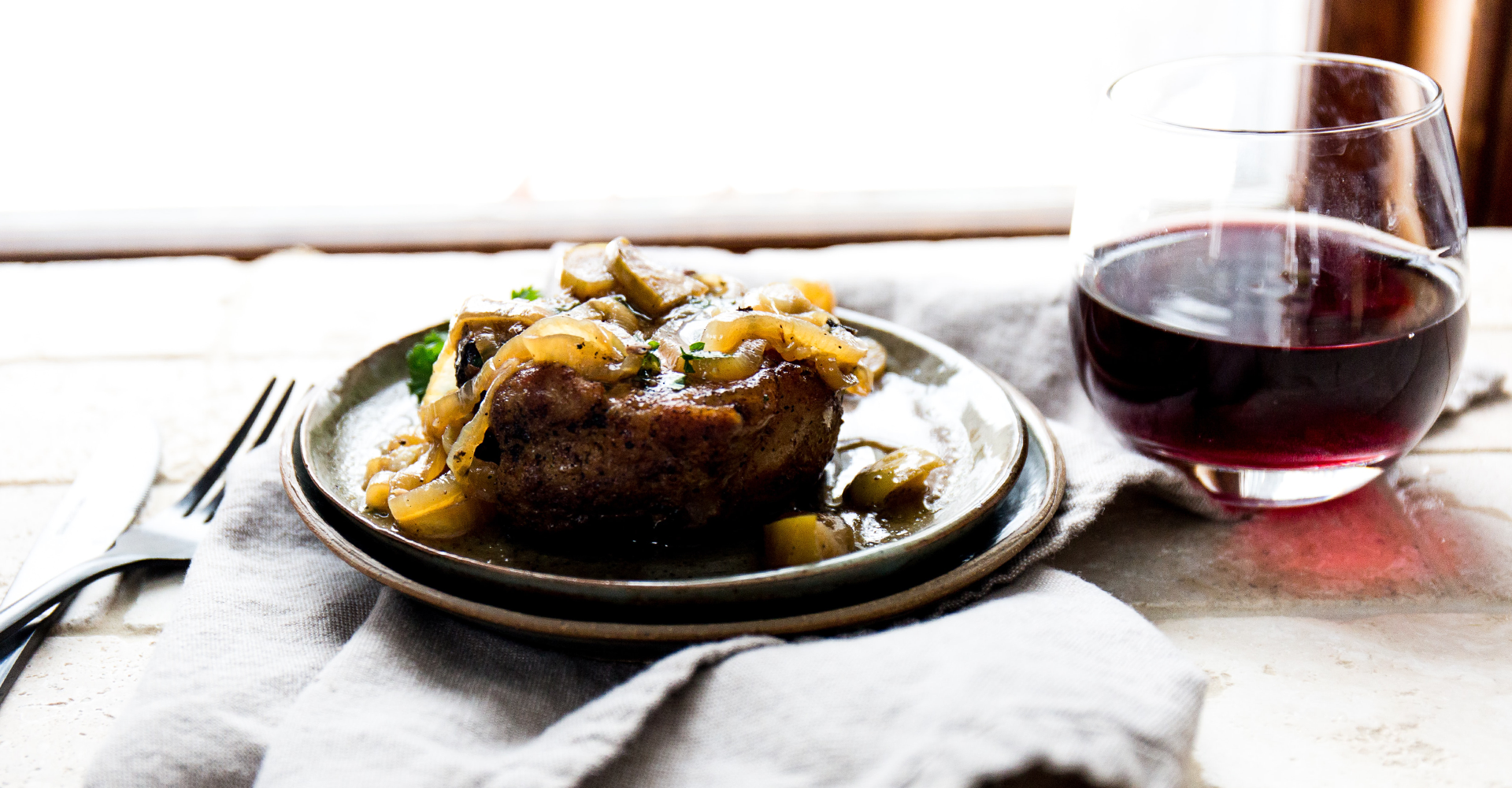26 de September de 2022
A cut of meat for each wine
This is a simple yet comprehensive guide designed for you to choose the best pairing for every cut of meat.
An undisputed pairing for red wines is red meat. But have you ever wondered why? It is thanks to its tannins, the vegetable phenolic component of wine that comes from the skins and seeds of the grape, and is reactive to proteins. They are the cause of that dry feeling in the mouth when drinking red wine: tannins come into contact with the protein in our saliva, which loses its lubricating properties. When we put a piece of beef in our mouth, tannins bind to the meat proteins and our saliva doesn’t lose its full lubricating power. This feels much nicer. This in addition to the salt factor. Did you know that the salt we put on the meat makes the wine feel even smoother?
For these reasons, some believe that the most important thing when it comes to choosing a wine is not the cut of meat, but the type of preparation or the sauce that accompanies it. Beyond these impressions, it is best to try it yourself. Here we leave you some notions to start with, plus some meat and wine pairings that probably will not disappoint you.
Lean cuts
Without a doubt, fillet steak is the most lean and tender cut of all. And, considering the fact that it is the fat that gives intensity to the taste of the meat, filet is a cut that stands out more for its delicacy than for its flavour.
Therefore, you must be careful and avoid pairing it with a bold wine. It is best to choose a fruity, juicy and light-bodied wine such as Amelia Pinot Noir, especially if you are one of those people who prefer rare beef.
If you prepare it on the grill, a medium-bodied red wine like Marqués de Casa Concha Merlot will nicely complement the smoky notes of the meat along with its soft and elegant tannins. These wines also work well with grilled chicken, a cold roast beef, or other lean cuts such as sirloin steak or a pan fried steak.

Fattier cuts of beef
When the meat is fattier, it means that its flavour is deeper. This allows a richier wine with bolder tannins to withstand much better, because as we explained at the beginning, the wine’s tannins will work by cleaning all the fat from the palate. This is the case of cuts such as ribeye, T-Bone and skirt, to name a few.
Two varieties that go very well with these meats are Gravas del Maipo Cabernet Sauvignon or Gravas del Maipo Syrah. Both wines stand out for their freshness with a network of tannins that give them texture, body and that reflect very well the terroir of the Maipo Valley.
Dry-aged meats
Dry-aged meats stand out for having a much more concentrated aroma and flavour. At the same time, they are juicier, have a better texture and are much more complex products. For the same reason, it is suggested to pair them with an equivalent wine, that is, with prolonged aging and complexity.
Carmín de Peumo Carmenère, aged for 15 months in new french oak barrels, is a deep and concentrated wine that fills the mouth with its underlying tannins. For this reason, it is perfect to match this type of meat, as a duck confit or meat with slightly sweet red fruit sauces. Another wine with aging and complexity is Marqués de Casa Concha Etiqueta Negra, a blend of Cabernet Sauvignon, Cabernet Franc and Petit Verdot that shows a deep concentration of flavours framed by firm tannins, ideal to enjoy with red meats and grilled game meats.
Sauces
Among the most used spices to accompany meats, black pepper never fails. For pepper-based sauces think Carmenère or Syrah. While for a herbal sauce like the classic argentinian chimichurri, a wine like Terrunyo Malbec from Uco Valley is a great choice.
If you prefer intense sauces to prepare dishes such as pork ribs with BQQ sauce, very fruity wines such as Casillero del Diablo Syrah are a great complement. Finally, when you cover a meat with sauce, the best option is to opt for robust red wines that balance the weight and intensity of its flavour.










